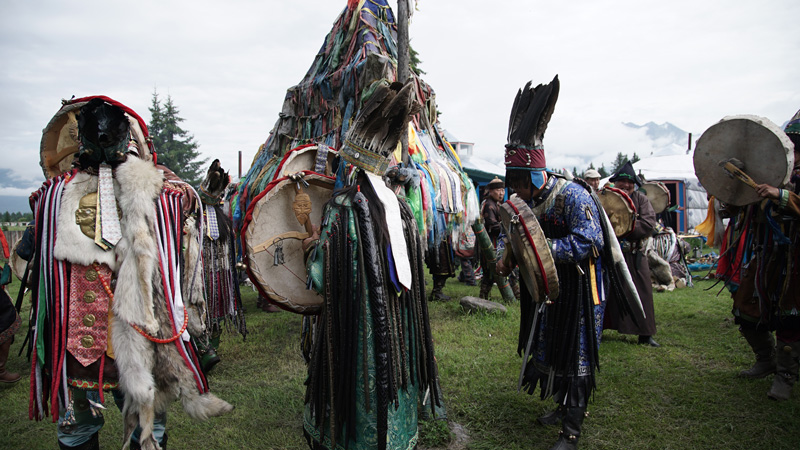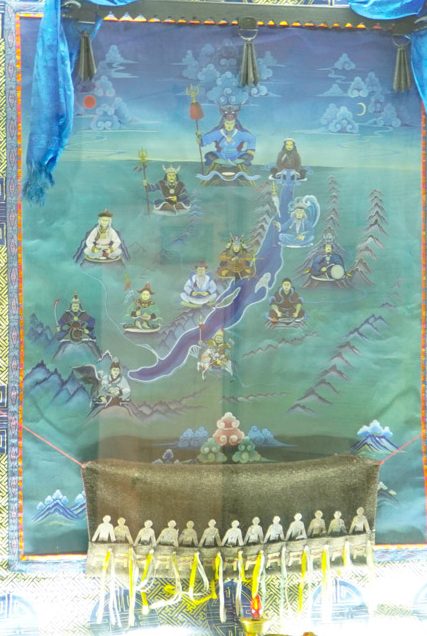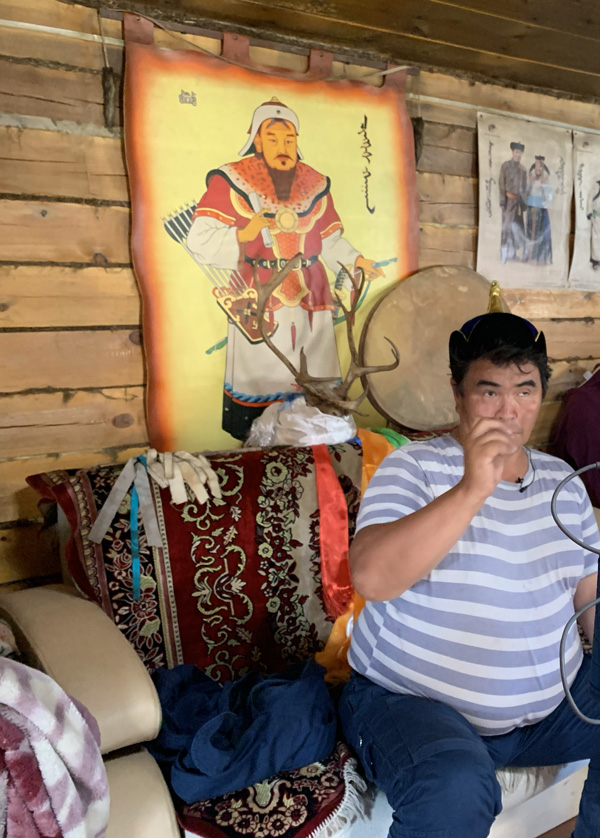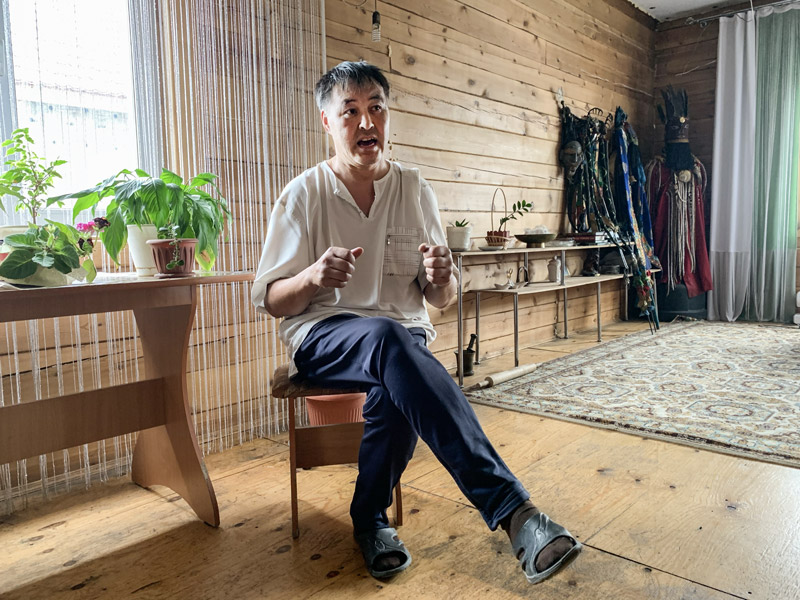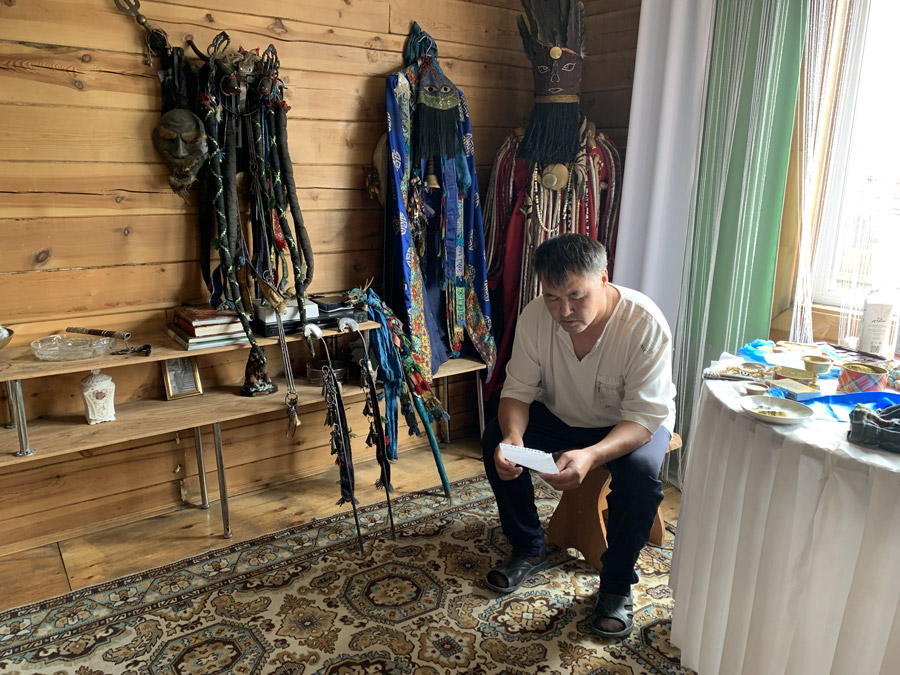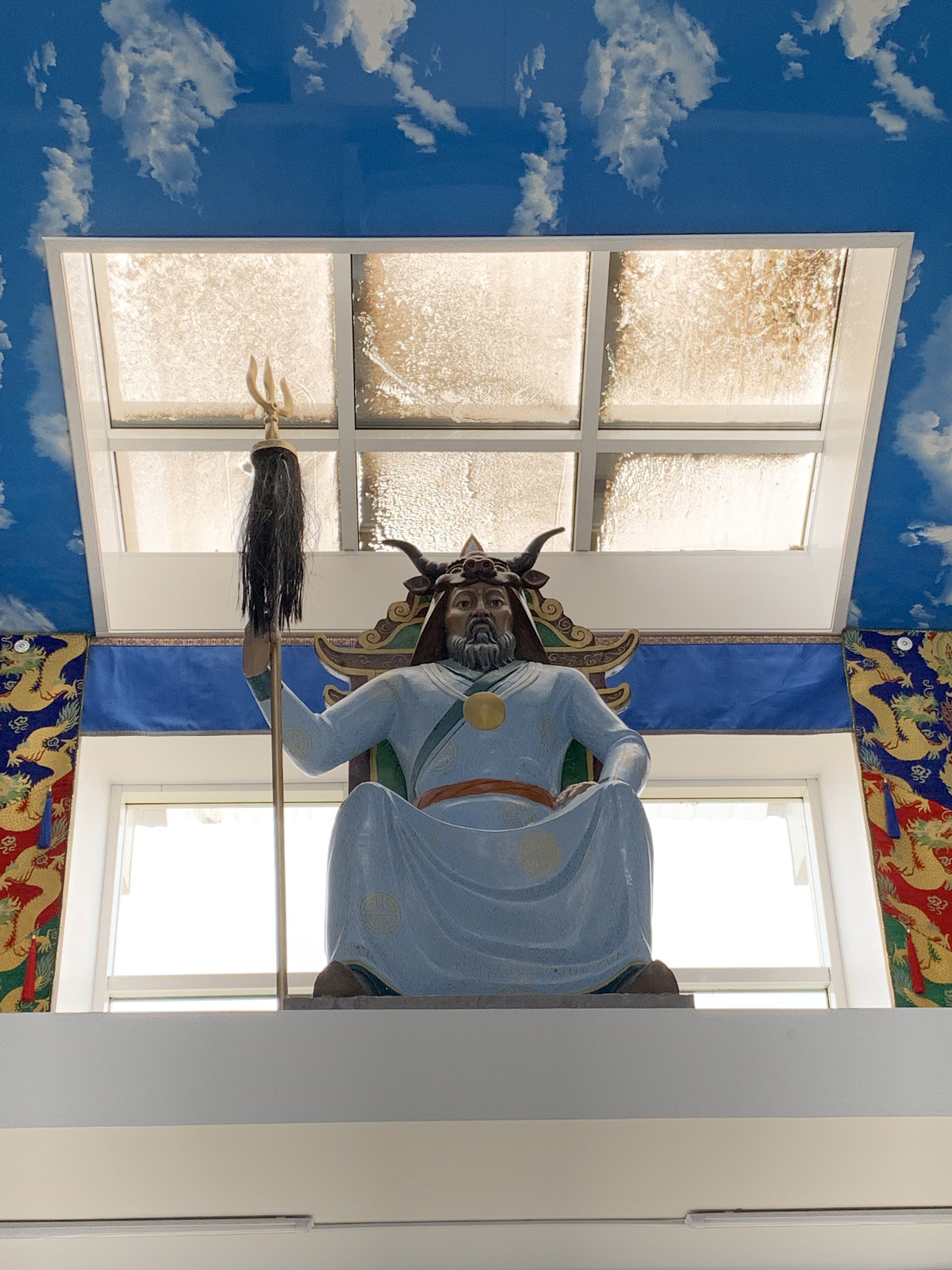Shamans who heal through communication can easily navigate this field of interactive media – not so much to fight any prejudice against Shamanism. What drives people is curiosity, a longing to escape, similar to what can be seen on the Blue Sky Escapes website. Krystal Tan, the founder and director of this travel and lifestyle company, is a Singaporean. The former corporate lawyer got tired of commercial wars and started up her own business. Her website offers journeys to inner and outer worlds, for example, for hiking treks in the sacred mountains of Peru or Mexico, or to spend some time with a shaman.
There is so much curiosity, especially in the First World countries. People are getting wealthier, they have more time and money on their hands, they’re getting tired of the commonplace and want a more off -the-beaten-track experience. Basically, Blue Sky Escapes is selling, crafting, or tailoring such extraordinary experiences, as long as it stays only little bit challenging and a little bit unknown, thus creating a different vibration for their clients in order to let them become recalibrated. The idea partly derives from the Burning Man festival, for example, from Silicon Valley south of Los Angeles, from people having had enough of the corporate world and the troubled times it inflicts upon them. It’s a shift, a movement toward the yogis, to permaculture, to a return to ancient technologies and ancient beliefs.
At least in contemporary society, Shamanism is less and less confronted with prejudice and doubts. In Mongolia, folk tradition is viewed differently to Shamanism. It is not necessarily shamanic, but certain shamanic elements may have evolved from it. Against such a background, tourism is said to have been a positive thing because it keeps those traditions and folk arts alive.
